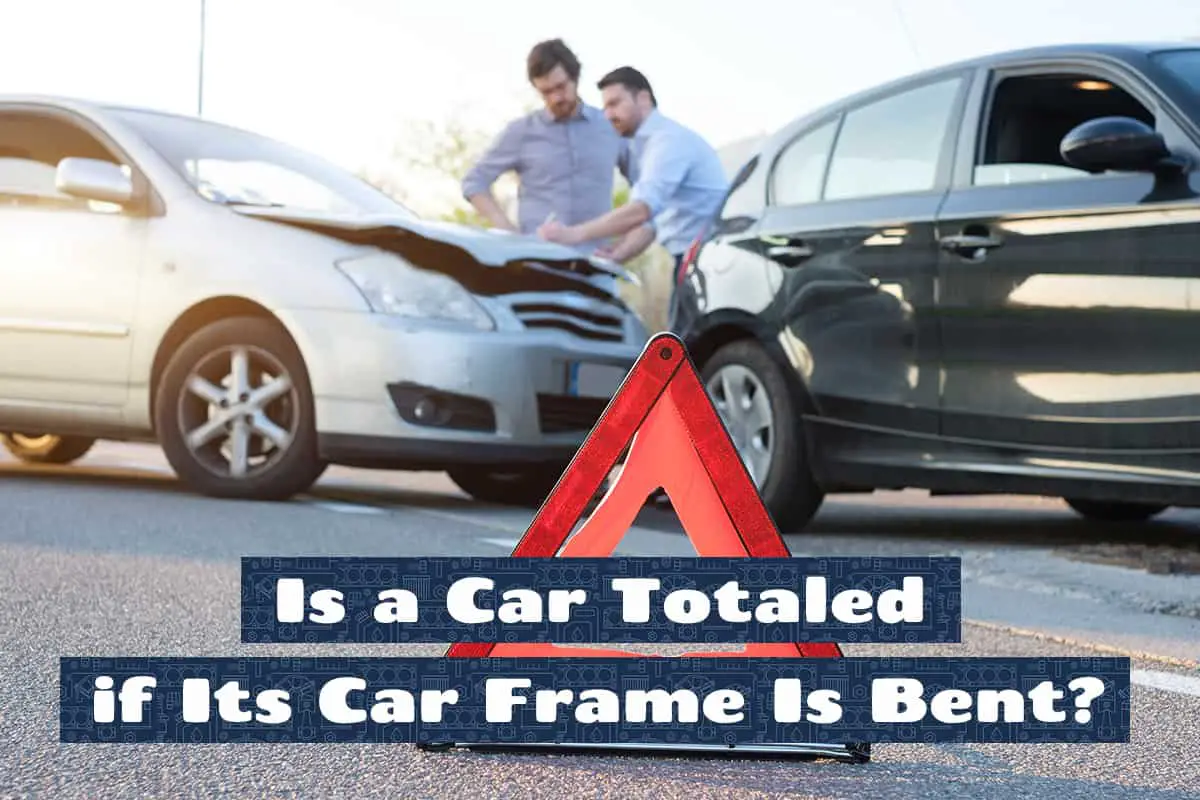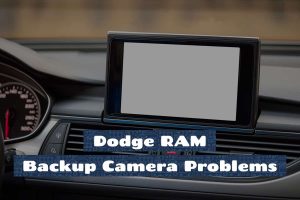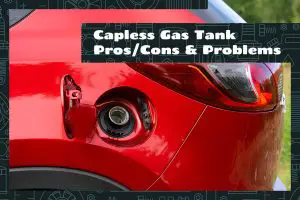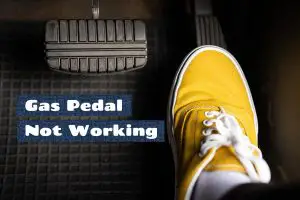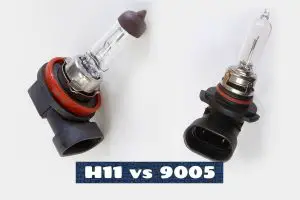The car frame, or chassis, is the vehicle’s skeletal structure that holds all the components together and aligns the wheels. When a car frame gets bent, it raises serious questions about the vehicle’s usability and safety. But does a bent frame mean that the car is “totaled?”
A car is considered ‘totaled’ if the repair cost exceeds its pre-accident value. A bent frame can lead to this, but it’s not an automatic determination.
This article will explore how to assess a bent frame, repair possibilities, and what you can do when your car is totaled.
How to Determine If Your Car Frame Is Bent?
A bent car frame can lead to various issues, but how can you tell whether the frame is bent of if there’s another issue with your car?
Symptoms of a Bent Frame
There are several signs that may indicate a bent car frame. These include:
- Alignment Issues: If your vehicle consistently pulls to one side or steering feels off, it could be a sign of a bent frame. Misalignment leads to uneven tire wear, poor handling, and reduced fuel efficiency.
- Visible Damage: Look for noticeable cracks, creases, or twists along the frame. Any visible deformation can be a strong indication of a bent frame.
- Uneven Gaps: Check for uneven gaps between the body panels, doors, or windows. If these don’t align correctly, it may be due to a bent frame.
- Unusual Noises: A bent frame might produce creaking or groaning sounds, especially during turns or when driving over bumps. These noises can be a warning sign of structural issues.
Tools and Techniques for Determining Bent Car Frames
Various tools and techniques are employed to detect a bent car frame. They can be used by professionals or individuals with some automotive knowledge:
- Laser Alignment Machines: Many professional shops use laser alignment machines that provide precise measurements of the frame’s alignment. These machines compare the current alignment to the manufacturer’s specifications to reveal any deviations.
- Straight Edges and Plumb Bobs: By using straight edges and plumb bobs, you can perform a visual inspection of the frame. Look for any areas where the frame is out of alignment or shows signs of bending.
- Computerized Measuring Systems: Some advanced repair shops use computerized systems that create a 3D model of the frame, allowing them to detect even the slightest bends or misalignments. This technology offers high accuracy and comprehensive insights into the vehicle’s condition.
Is a Bent Car Frame Repairable?
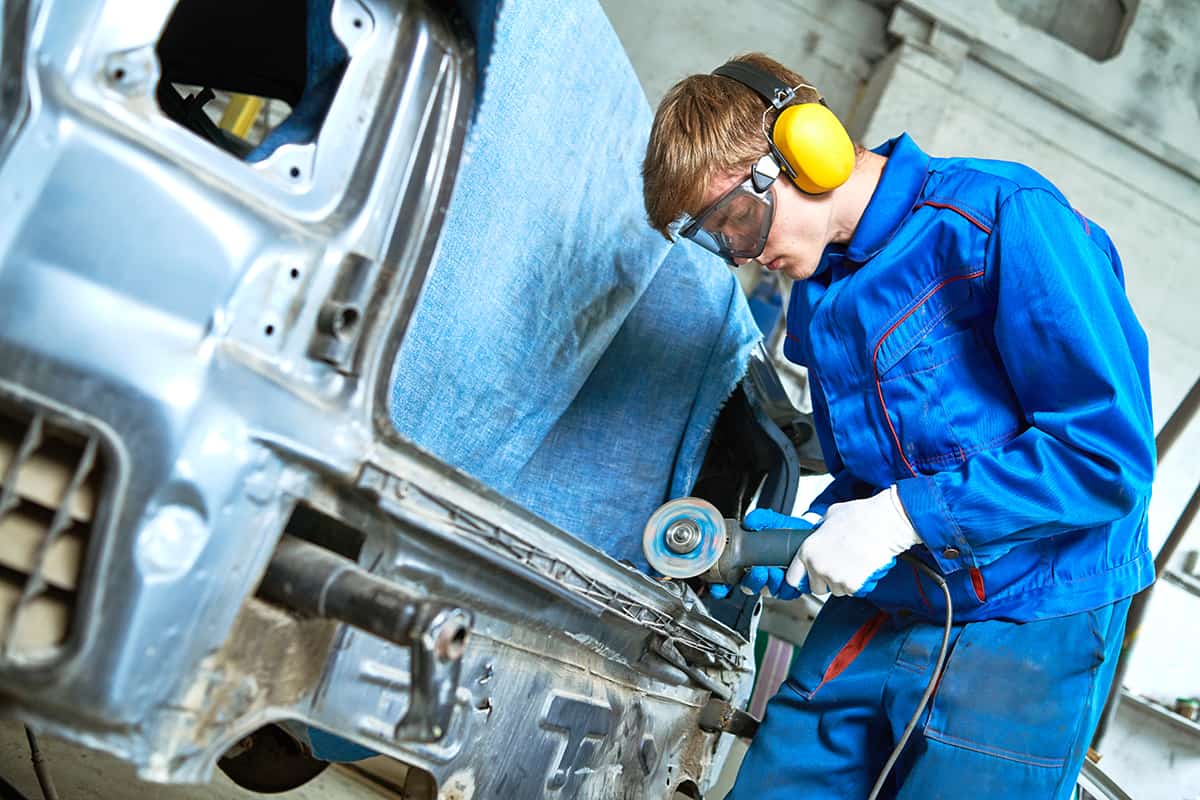
A bent car frame is a serious concern that can lead to several questions, including whether the damage is repairable. In many cases, a minor bend in a car’s frame is repairable. Let’s see how this is done.
The Repair Process
- Evaluation and Assessment: This involves inspecting the frame using specialized tools like laser alignment machines and computerized measuring systems to understand the extent of the damage.
- Disassembly: Damaged parts are carefully removed to access the bent frame.
- Straightening the Frame: Using hydraulic machines, professionals apply controlled pressure to straighten the frame, ensuring it aligns with the manufacturer’s specifications.
- Welding and Reinforcement: If necessary, welding and additional reinforcement might be used to strengthen the affected areas.
- Reassembly and Alignment Check: Once the frame is repaired, the vehicle is reassembled, and alignment is checked to ensure all components fit correctly.
- Final Inspection and Testing: The repaired vehicle undergoes a final inspection and road testing to guarantee safety and performance.
Cost Factors
The cost to repair a bent car frame varies widely and depends on several factors:
- Extent of Damage: The more severe the bend, the more resources that go into realigning the frame, and the higher the repair cost will be.
- Make and Model of the Vehicle: Luxury or specialized cars may require more expensive parts and labor.
- Location of the Damage: If the damage is in a hard-to-reach place that involves major disassembly, it might increase the labor costs.
When Is a Car Considered Totaled?
A car being considered “totaled” is a term that is often associated with severe accidents and significant damage. But what exactly does it mean, and how is it determined?
1. Insurance Company Assessment
Insurance companies play a large role in determining whether a car is totaled. Here’s how they usually evaluate the situation:
- Damage Assessment: The insurance adjuster evaluates the extent of the damage to the vehicle. This includes inspecting structural components like the car frame.
- Cost of Repairs vs. Actual Cash Value (ACV): If the cost to repair the vehicle exceeds a certain percentage of the car’s ACV, it is considered totaled. This percentage varies, but it’s often around 60-75%.
- Local Regulations and Policies: Insurance companies also adhere to local laws and their internal guidelines when determining if a car is totaled.
2. State Regulations
State laws and regulations have a significant influence on the decision to deem a car totaled. These laws differ across regions and may affect the process:
- Total Loss Threshold (TLT): Some states define a specific threshold, such as 70% of the ACV. If the repair cost exceeds this, the car is declared a total loss.
- Salvage Titles: Different states have various requirements for issuing salvage titles for cars that are considered total losses but can still be repaired and resold.
- Inspections and Certifications: In certain jurisdictions, repaired totaled cars must pass specific inspections to be legally drivable again.
What Can You Do with a Totaled Car?
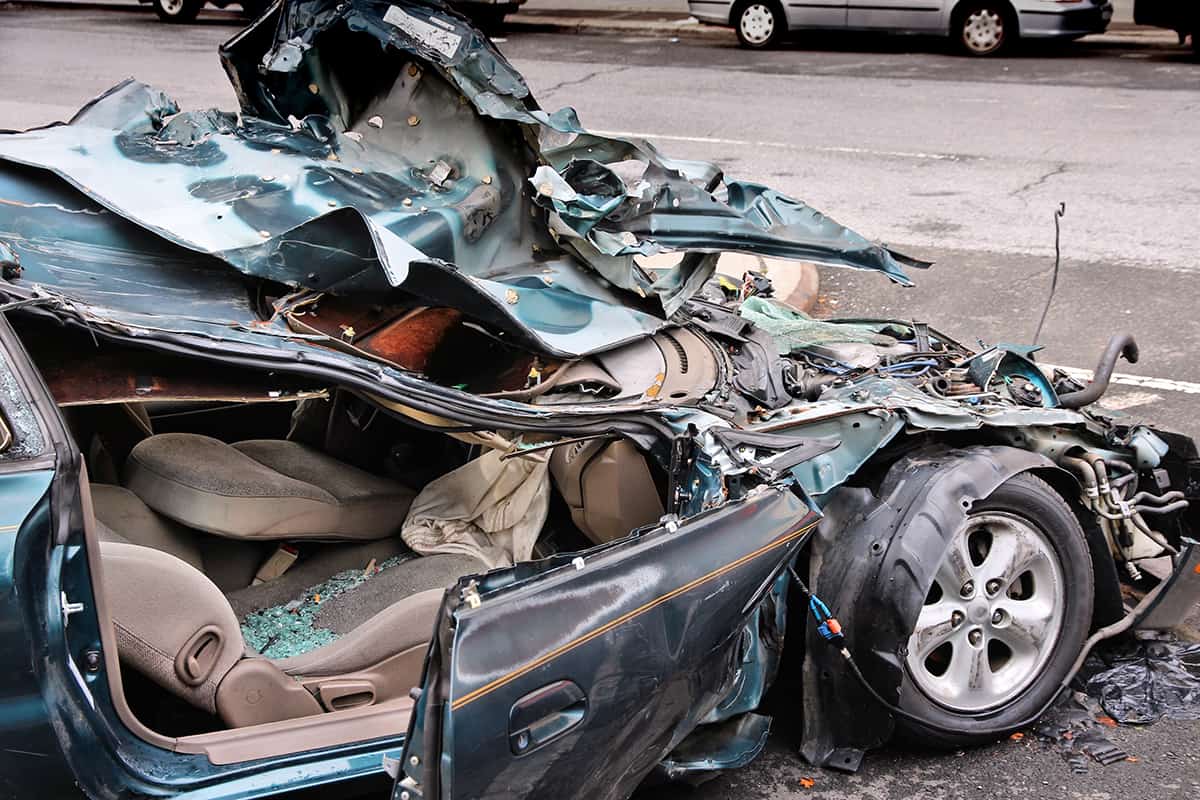
If you were in a major accident that left your car totaled, we’re glad you’re still with us. However, one question remains: what can you do with your totaled car?
1. Insurance Settlement
If your car is declared totaled, your insurance company will likely offer you a settlement. Your insurer will calculate the market value of your car prior to the accident to determine the ACV, which is the settlement amount.
You have two options: keep the car or release it to your insurer. If you release it, you receive the ACV minus any deductibles. If you keep it, the settlement amount will fall to its salvage value—i.e., what it’s worth in its totaled state.
2. Selling the Car to a Salvage Yard
If you’d like to avoid the insurance trouble altogether, consider selling your car to a salvage yard. Try and get quotes from multiple salvage yards for the best deal. You can also arrange pickup of your totaled car with certain salvage yards, with or without additional costs.
3. Parting Out the Car
Even if your car’s frame is bent beyond repair, that doesn’t mean there isn’t any value to it (that’s why salvage yards pay decent money for totaled cars in the first place!). The only question is, do you know how to part out your car?
If you don’t, you can always hire a mechanic to help you out with this service. Having a mechanic identify which parts of your car are salvageable and have good resale value would also be a good idea. When you’ve removed the parts, clean them out and list them on online marketplaces.
4. Donating Your Car
This might sound borderline unethical since, after all, who wants a totaled car? Well, it turns out that several charity organizations, such as Vehicles for Veterans, accept cars in any condition.
One huge benefit of doing this is that you may receive tax deductions for your generosity. Of course, this depends on the state of your car, its ACV, and whether or not you’re willing to go through the paperwork.
